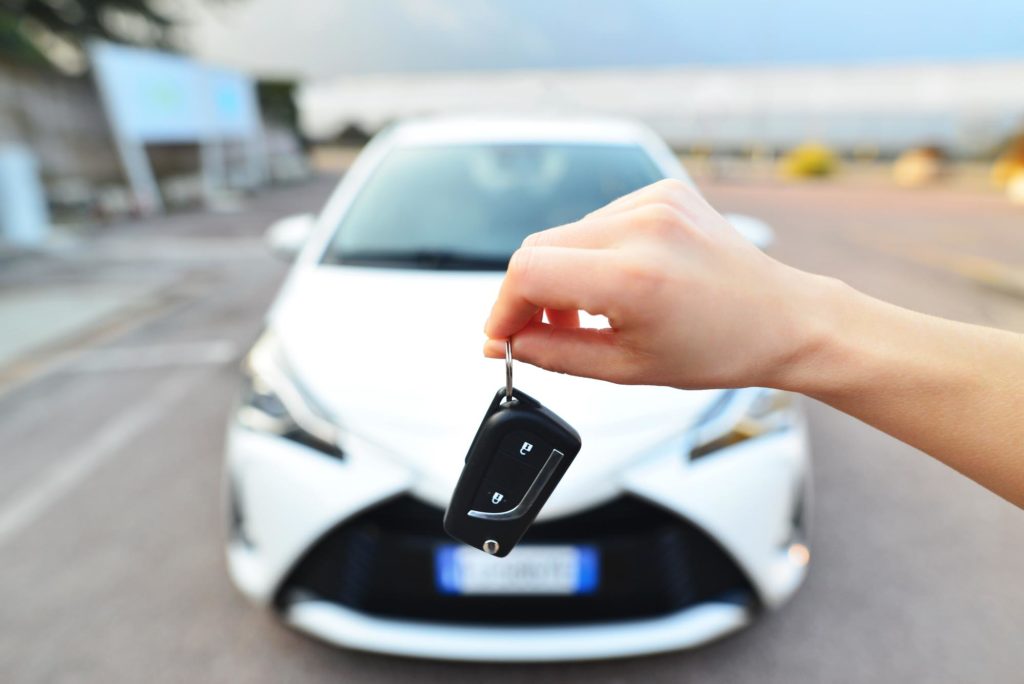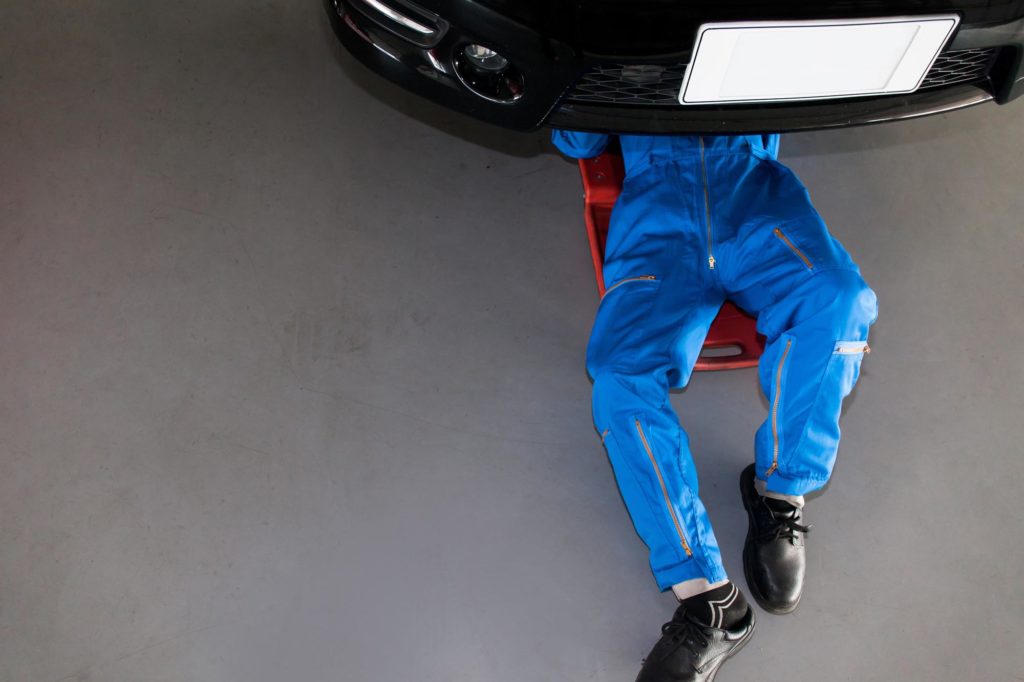All vehicles are bound to develop issues whether you’re ready to deal with them or not. As your ride racks up mileage, parts fall apart and problems stack up. At this point, you might be wary of the repair costs and wonder whether replacing damaged parts is still worth it.
Trading in your car at a dealership is a convenient way to offload your old vehicle while helping fund the purchase of a new one. You may not think twice about a trade-in, especially if your vehicle is well maintained and has decent mileage on it. But when your ride has more than a few things that need to be repaired, you may wonder–is trading in a car with problems okay?
Is It Legal to Trade In a Car with Problems?

Dealerships accept vehicles in all kinds of conditions, including cars with problems. What’s important is being honest and disclosing all of the issues that the new owner may need to fix. For a smooth transaction, make sure you have all of your car’s paperwork before heading to the lot.
Since the buyer will likely spend more money on repairs, you may be offered a trade-in amount that’s lower than what you’d get for the same year, make, and model in good condition. It helps to do minor cosmetic repairs and give your ride a thorough cleaning to increase your chances of getting a good price for it.
If your car has severe damage, the dealership may refuse to buy your trade-in. When this happens, you may need to visit a few other dealerships to find one that’ll take your vehicle.
The Pros and Cons of Trading In a Car with Problems

Trading in your vehicle has its advantages and disadvantages. Here are a few things that you should know to help you decide whether this option is the right one for you:
Pros
- Easy way to get rid of your current car. Just leave it at the dealership.
- The trade-in amount can be used to cover a portion of the cost of your new car.
- Trading in gives you a tax advantage. Many states only charge sales tax on the difference between the trade-in value and your new car’s price.

Cons
- If you have trouble selling your old vehicle, you may need to wait and save more before buying a new one.
- Dealership prices for trade-ins may be lower than if you were to sell your car privately.
- You will need to know the market price for trade-ins of your make and model to get the best deal.
How to Trade In A Car

The first thing you need to do is find a dealership near you that does trade-ins of old or damaged cars. Next, look up the market value for your make and model and compare the prices. Never settle for the first offer you get. If your car is in decent condition with barely any serious repairs, you can still get a good price for it.
Haggle with the dealer for a better price. This may not always turn in your favor, so the next step would be to talk to other dealerships. The goal would be to get the best value for your old car, so you have enough to cover most of the cost of your new vehicle.
If your car’s problem involves something expensive to fix like a blown engine or if it doesn’t run at all, then you shouldn’t expect a good trade-in price. The dealer may still take your vehicle, but they’ll take the cost of a new engine off your trade-in value. Consider replacing faulty engine and transmission parts to ensure your vehicle sells at a better price.
Should You Fix Your Vehicle Before Trading It In?

The entire point of trading in a car with problems is so you won’t have to spend more on repairs than you would if you simply bought a new one. However, if the repairs needed are minor, then it wouldn’t hurt to fix your car before trading it in. The better your car looks and runs, the more value you can get out of it from the dealership.
Some repairs you should consider are minor cosmetic repairs as well as topping off your car’s fluids. If your vehicle appears adequately maintained, you have a better chance of haggling for a higher trade-in.
Any information provided on this Website is for informational purposes only and is not intended to replace consultation with a professional mechanic. The accuracy and timeliness of the information may change from the time of publication.

















